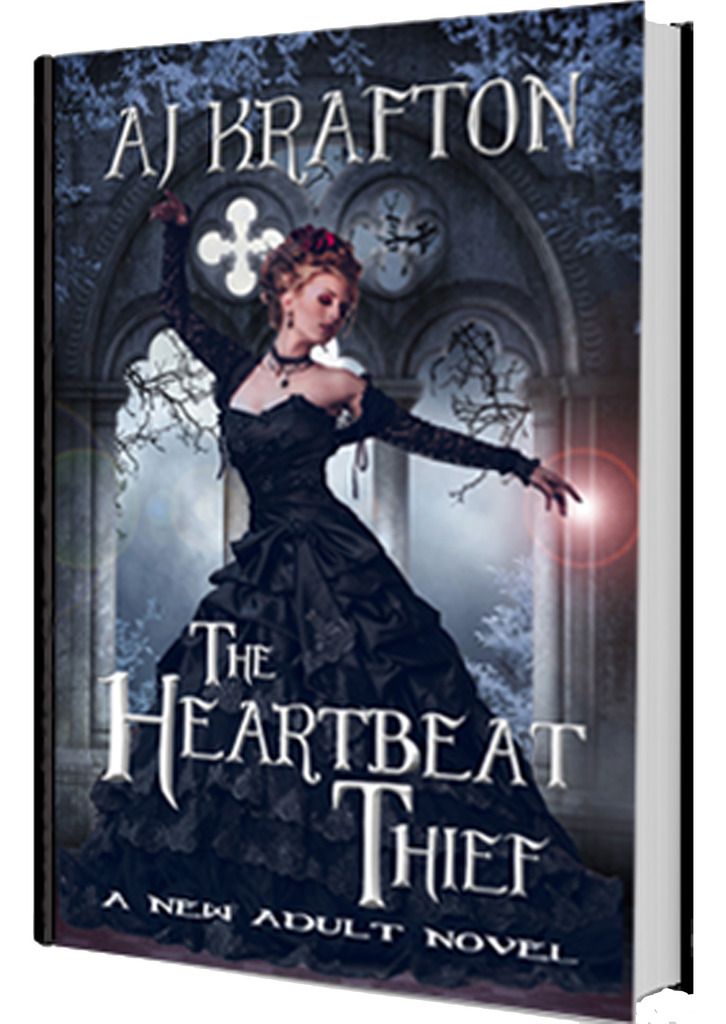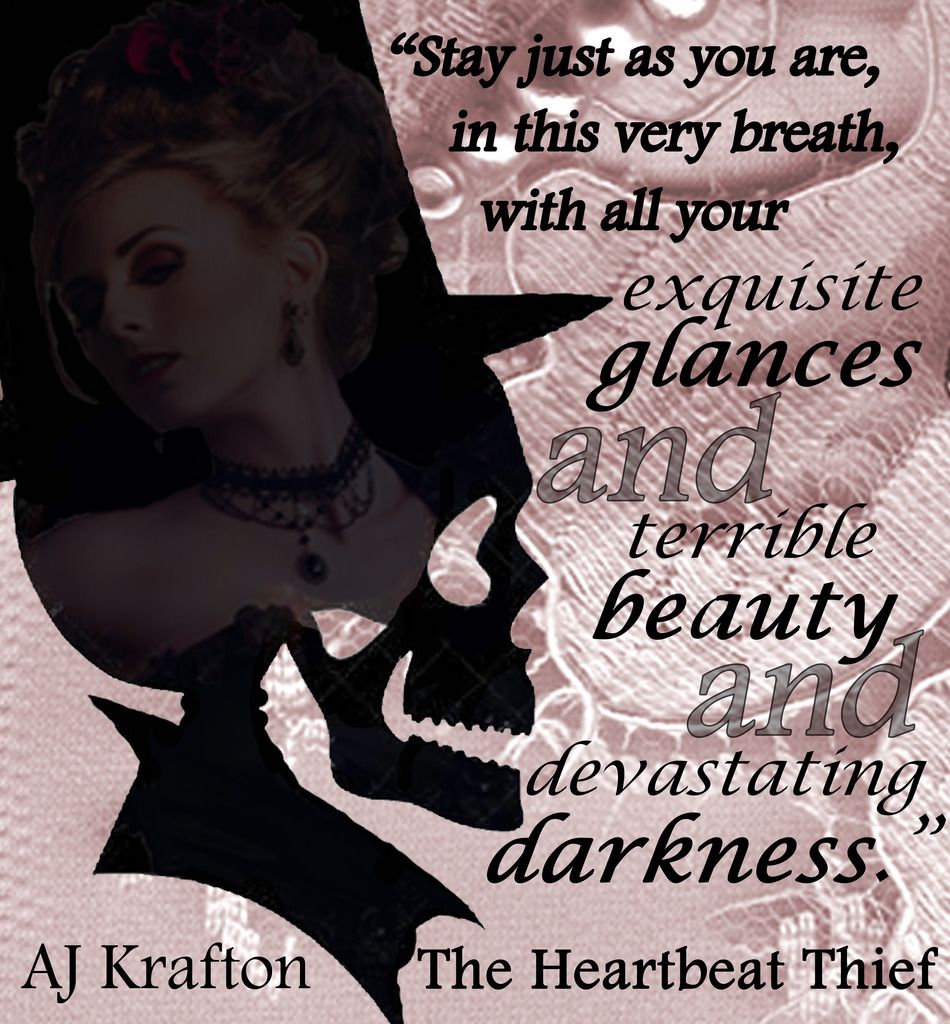 |
| Greetings Starfighter! |
Earnest
Cline’s stock in trade is his geek cred and nerd-dom. He’s a card carrying member of everything
dork-worthy and pop-culture related from the late 70s science
fiction/fantasy/gaming era forward. In
his debut novel, “Ready Player One”, this DeLorean-driving master wove together
that tapestry of geek-chic trivia, first-hand experience and scifi speculation
to create a wonderful bit of wish fulfillment.
With “Armada”, Cline dips back into that well, answering the what-if
that every game console player has secretly—or not so secretly—wished: What if
this is real? What if I’m being trained
to fight actual alien invaders?
Cline’s
story introduces us to the story of Zach Lightman, and his merry band of gamer
misfits who are gonna save the world.
Zach, a modern teen with more than one foot square in the 80s/90s era of
entertainment, has been selected, along with most of the planet, by the Star
League-like Earth Defense Alliance because of his impressive skills to fend off
the “evil” armada of the Europan invasion.
The threat had been kept secret from the public, but was sprinkled on
our collective subconscious over the decades so that if/when the time came,
Earth could join together as one species and stave off annihilation.
As
with “Ready Player One”, Cline is able to craft some excellent primary
characters. As our guide into this “what-if”
fantasy, Zach is the most rounded and accessible. The problem comes from the supporting and
secondary characters, who seem interesting, but aren’t given any time to really
develop. Where Cline was able to pull
the trick of making real-seeming characters on the barest of information, here
the lack of details flops. Readers
almost would have been better off with fewer, but more rounded characters that
we could have gotten behind, while having more cardboard extras fill in the
background.
The
timeline of the story is set on fast-forward, with the major action taking
place over a few dozen hours. This feels
like a miss opportunity, where Cline could have really drawn together the myth
and mystery of his aliens and their motives, while at the same time giving us a
real sense of camaraderie and joy/loss with each success or failure. There is almost no time for the reader to
really connect with anyone beyond Zach, which limits Cline’s potential
audience.
Overall,
“Armada” is a wonderful addition to the Cline library, and readers will not be
disappointed as the newest Duke of Fanboy’s effort delivers everything that was
promised. While not quite up to the same
bar of “Ready Player One”, “Armada” is a quick, clean and easy read with a fun
jazz riff on classic science fiction tropes.
Eagerly awaiting Cline’s next effort for another dive into his world.























